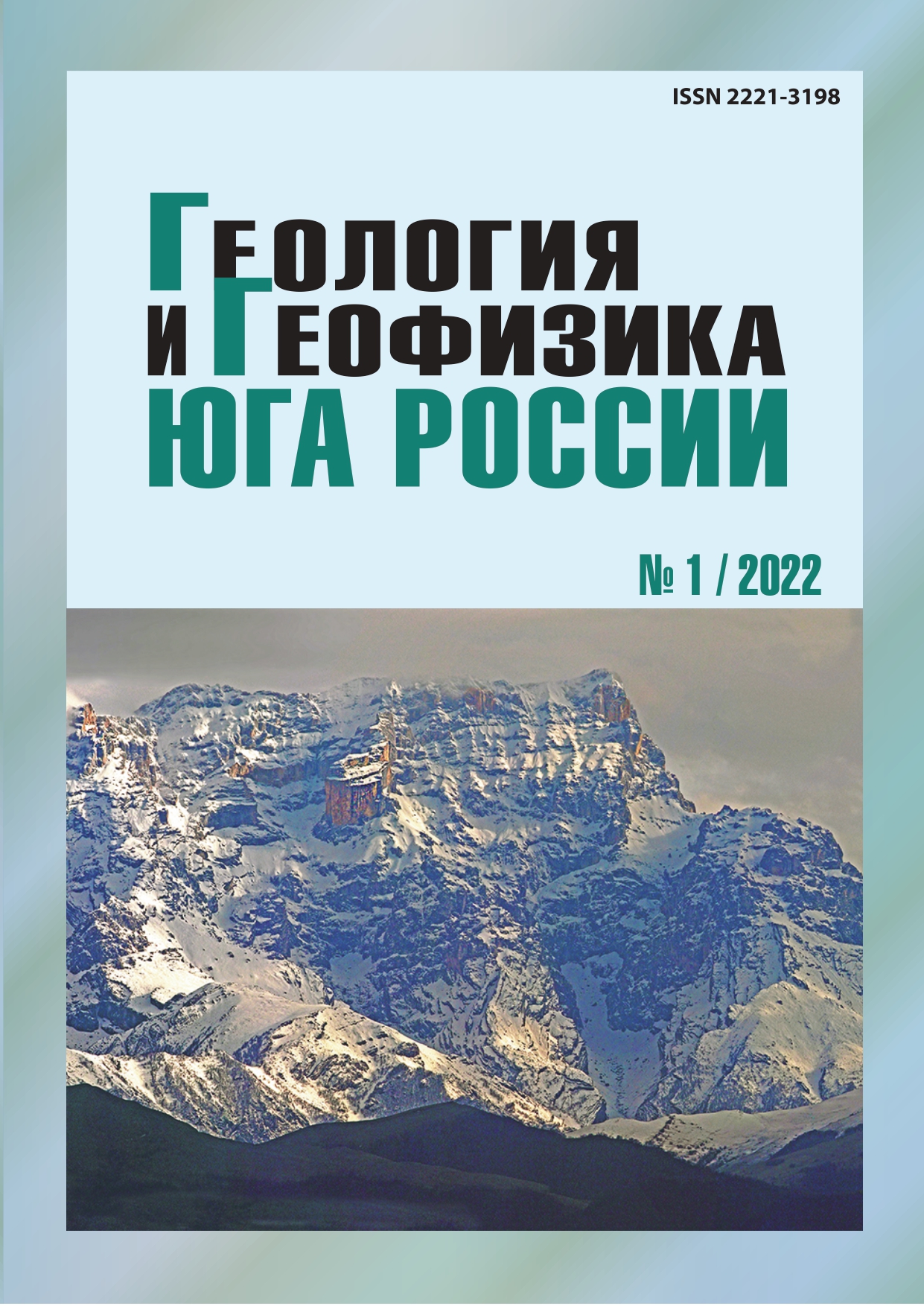Geoinformation technologies in solving three-dimensional geoecological problems. Spatial data interpolation
Abstract
Relevance. The presence of the complex influence of several anthropogenic factors of mining, as well as the nonlinearity of geomechanical and air-gas processes flow in the technogenically disturbed rock mass due to them, actualizes a wide list of geoecological problems of ensuring the sustainable development of the South of Russia territories. The presence of a number of limitations in the methodology of conducting geospatial analysis when solving three-dimensional problems of geoecology does not allow to fully reveal the potential of GIS technologies. Due to the insufficient degree of quality in assessing the application of deterministic methods for determining the spatial distribution of the variable under study, stochastic methods are becoming more widespread. Moreover, the use of cricking does not always provide more reliable models of pollutants spatial distribution. The Aim of the study is to identify promising directions for the approximation of spatial data to ensure sustainable development of territories by improving the quality to geoecological monitoring of environmental pollution sources. The methods consisted in a comparative analysis of spatial interpolation methods, generalization of theoretical and methodological approaches to assessing the quality of the obtained dependencies based on the “goodness-of-fit” criteria, as well as the use of locally estimated smoothing methods of scattered data (in combination with the finite element method) to improve the accuracy of the obtained models. In the process of solving the problems, the most representative criteria for matching models with experimental data were determined, and an analysis of approaches to determining the dependencies of a variable on several predictors was carried out. Results of the study were the formation of the author’s approach to the processing of three-dimensional data, which allows overcoming the main drawback of deterministic interpolation methods to geoecological data while improving the quality of the geospatial models obtained. In addition, the use Q-Q (quantile-quantile) graphs is proposed to assess the quality of models in relation to the theoretically achievable line of maximum correspondence between the simulated and experimental data. Further research should be conducted in the direction of transition to Q-Q planes, to form the surface of residues (errors) when selecting models of the processes under study.


